Having in the last two episodes dealt with the first two of the three so-called mixed sciences, astronomy and optics, I shall now deal with statics[1]. Although receiving far less attention in antiquity that the other two, statics received much attention in the Middle Ages and the Early Modern Period and went on to become a constituent of modern physics, defined thus:
Statics is the branch of classical mechanics that is concerned with the analysis of force and torque acting on a physical system that does not experience an acceleration, but rather, is in equilibrium with its environment. (Wikipedia)
In antiquity and the Middle Ages, the concept of force did not exist, so we here find the discipline developed around the concept of weight. Statics is one half of the discipline of mechanics from the ancient Greek μηχανική mēkhanikḗ, lit. “of machines” and in antiquity it is literally the discipline of the so-called simple machines: lever, wheel and axel, pulley, balance, inclined plane, wedge, and screw.
Given that statics plays a major roll in engineering it is not surprising to find that Archimedes wrote one of the two principal texts on the subject in antiquity.
Archimedes (c. 287–c. 212 BCE), whose work on the topic was his On the Equilibrium of Planes (Ancient Greek: Περὶ ἐπιπέδων ἱσορροπιῶν, Romanised: perí epipédōn isorropiôn) was not the first to tackle the subject.
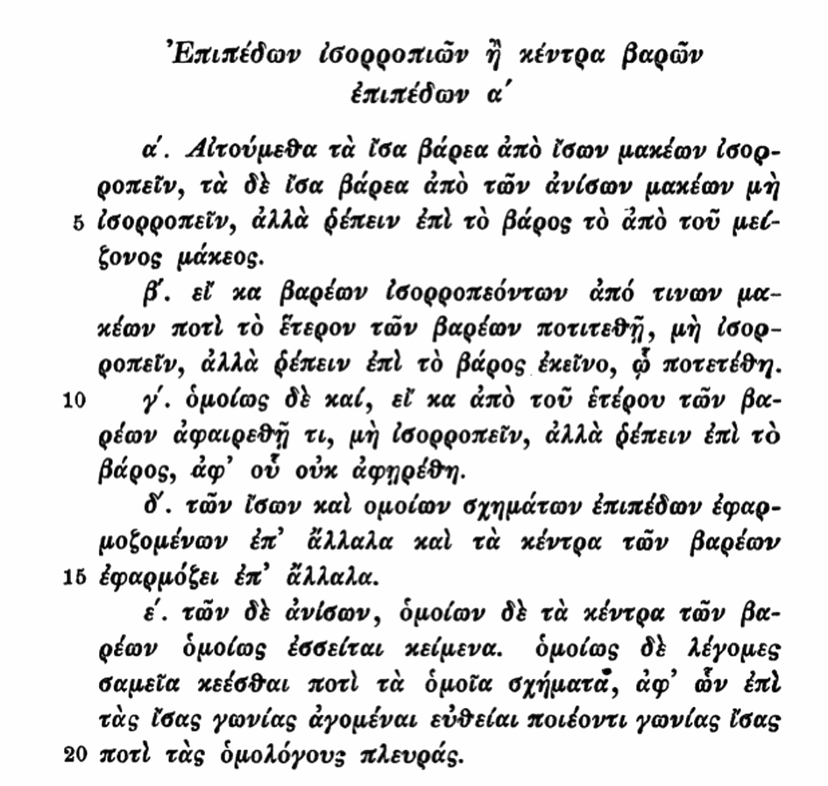
His work was preceded by a text known in Latin as the Questiones Mechanicae (Mechanical Problems), which in the Middle Ages was attributed to Aristotle (384–322 BCE) but is now considered to actually be by one of his followers or by some to be based on the earlier work of the Pythagorean Archytas (c.420–350 BCE).
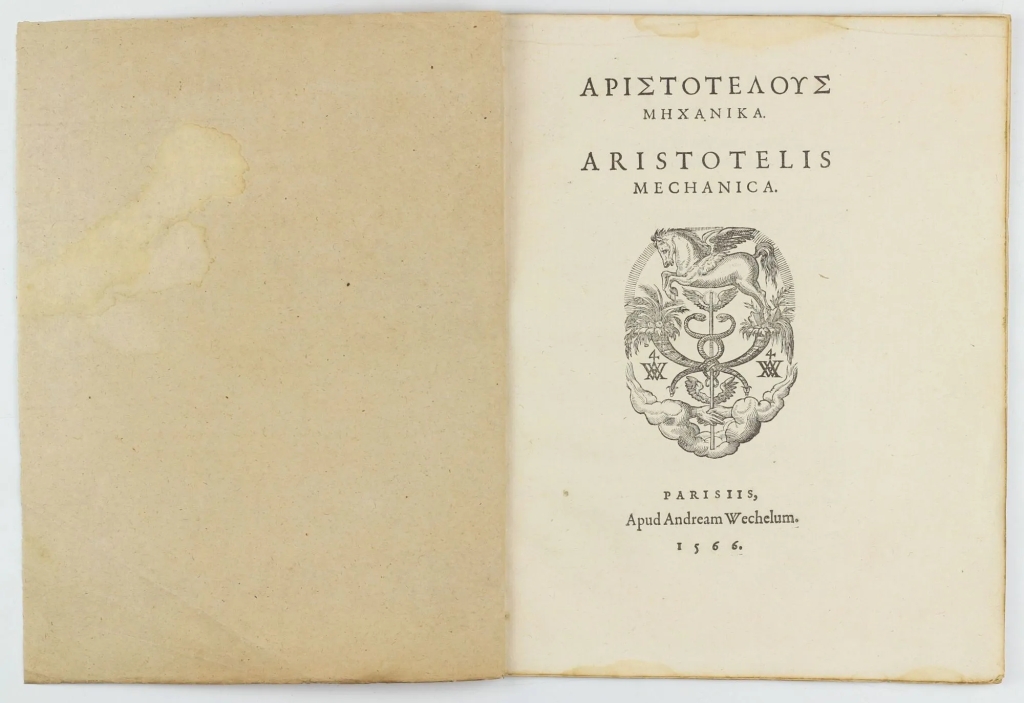
There was also a On the Balance attributed, almost certainly falsely to Euclid (fl. 300 BCE), which won’t play a further role here. Later than Archimedes there was the Mechanica of Hero of Alexandria (c. 10–c. 70 CE), unknown in the phase of the Renaissance we shall be reviewing but discussed along with the work of Archimedes in Book VII of the Synagoge or Collection of Pappus (c. 290–c. 350 CE).
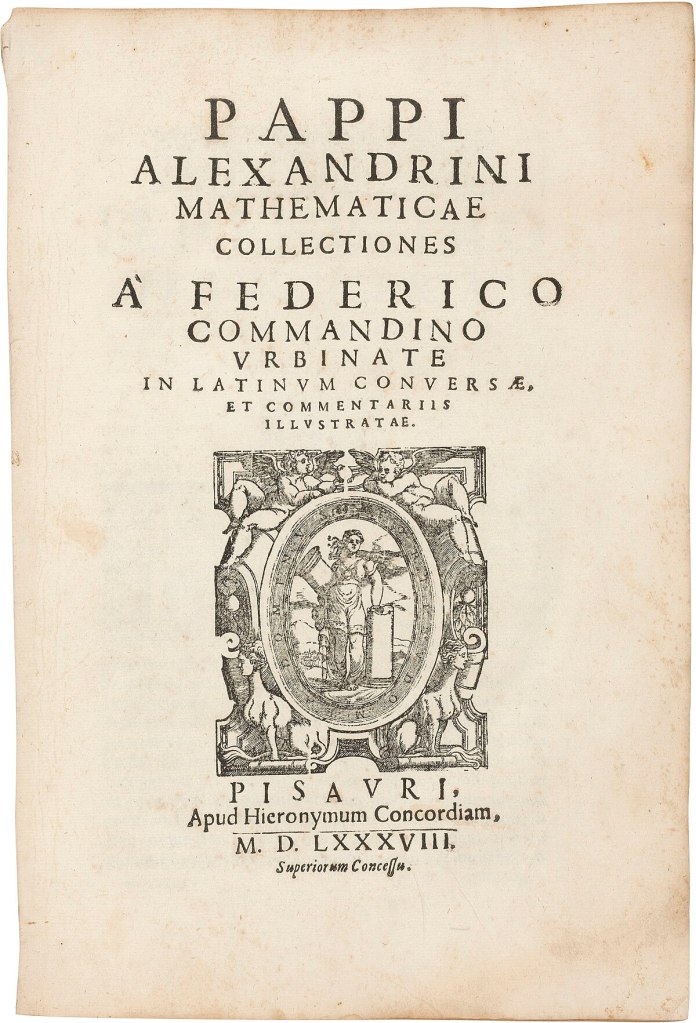
The two major texts are the pseudo-Aristotelian Questiones Mechanicae and Archimedes’ On the Equilibrium of Planes, which approach the topic very differently. The Questiones Mechanicae is a philosophical work, which derives everything from a first principle that all machines are reducible to circular motion. It gives an informal proof of the law of the lever without reference to the centre of gravity. The pseudo-Euclidian on the Balance contains a mathematical proof of the law of the lever, again without reference to the centre of gravity.
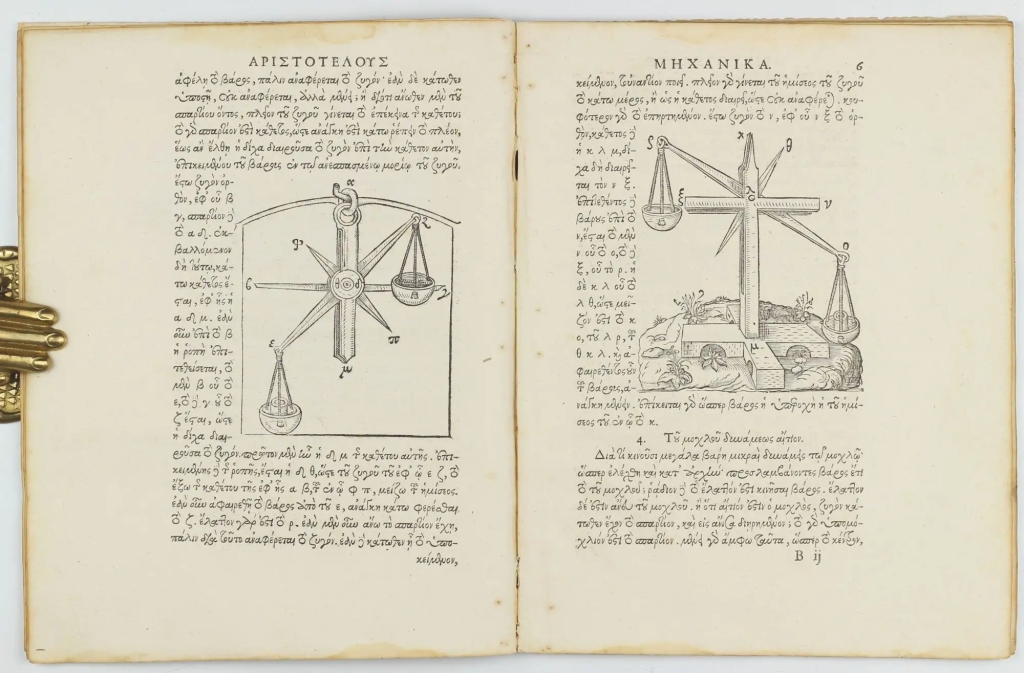
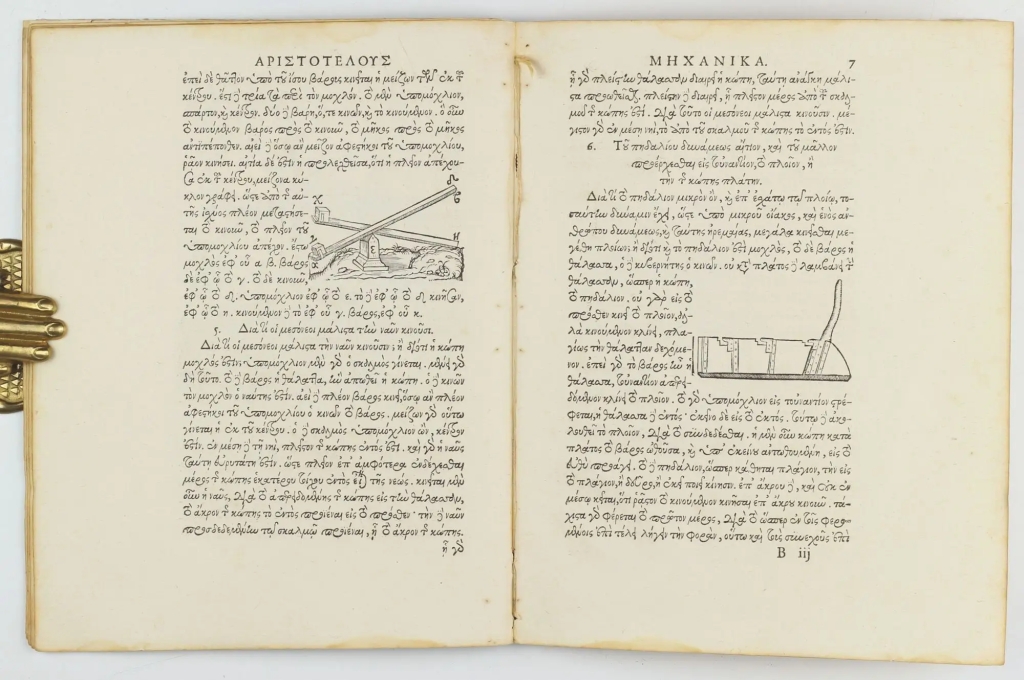
In Archimedes’ On the Equilibrium of Planes the centre of gravity plays a very prominent role. In the first volume Archimedes presents seven postulates and fifteen propositions to mathematically using the centre of gravity to mathematical demonstrate the law of the lever.
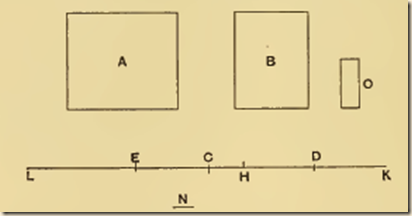
In The Works of Archimedes. Ed. T.L. Heath. Cambridge UP, 1897.
The volume closes with demonstrations of the centres of gravity of the parallelogram, the triangle, and the trapezoid. Centres of gravity are a part of statics because they are the point from which, when a figure is suspended it remains in equilibrium, that is unmoving. In volume two of his text Archimedes presents ten propositions relating to the centres of gravity of parabolic sections. This is achieved by substituting rectangles of equal area, a process made possible by his work Quadrature of the Parabola (Greek: Τετραγωνισμὸς παραβολῆς).
[1] This very short post is largely a repeat of the longer post on statics that I wrote in my Renaissance Science series of blog posts. However rather than simply refer to the earlier text by direct link I decided to include it here in this series for completeness sake.